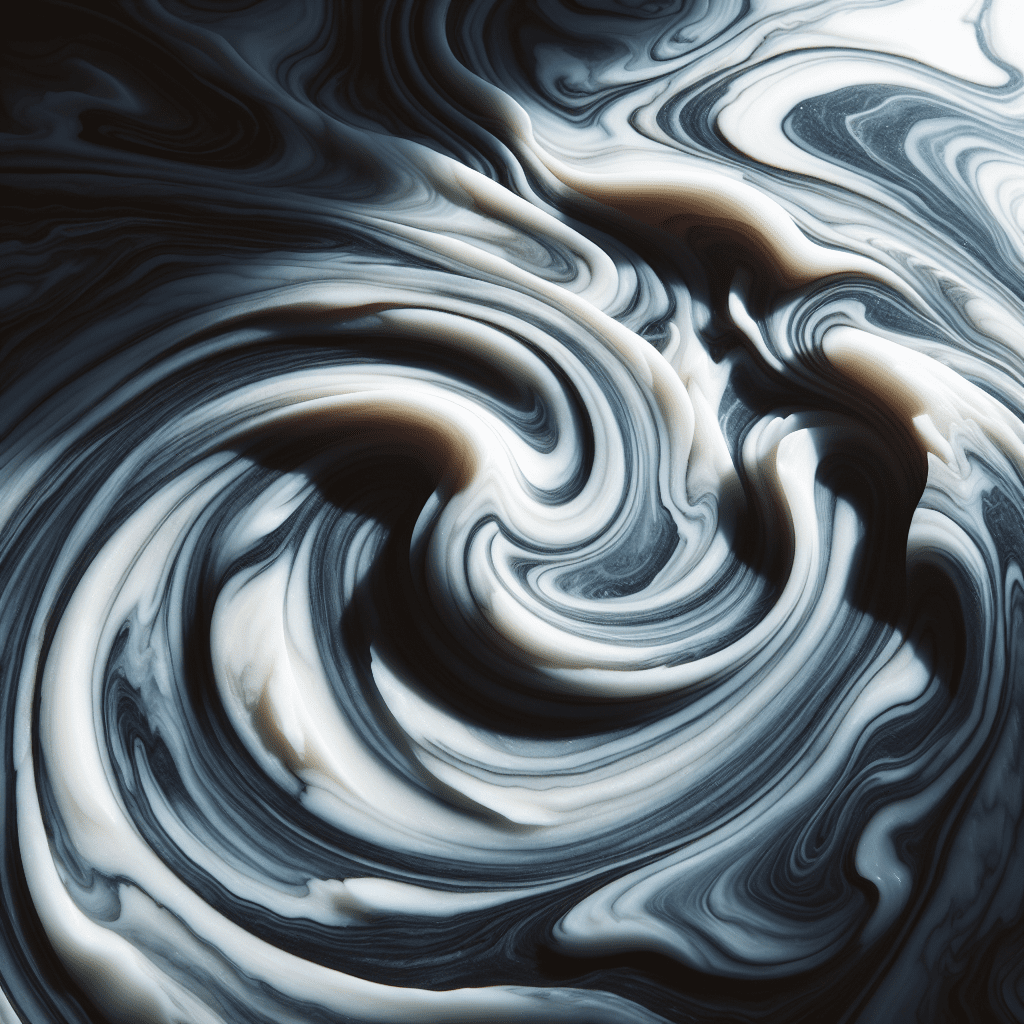Title: The Timeless Elegance of Marble: An Undying Love Affair with Design
Since antiquity, marble has been associated with not only luxury and opulence but also refined taste and timeless elegance. Its inherent beauty and robustness make it one of the most coveted materials in a variety of sectors, particularly in architecture and design. Let’s delve a little deeper into the luxurious world of marble and unravel what makes it so coveted and irreplaceable.
Marble: The Definition of Elegance
Marble is a form of metamorphic rock, originating from limestone or dolomite, that is subjected to high pressure and temperature within the earth’s crust. The process results in the crystallization of carbonates, which gives it the signature luster that appeals to the aesthetic sense of millions. Marbles are available in an array of colors, each more enchanting than the other – whether that’s pristine whites, captivating blacks, mesmerising greens, or intriguingly veined varieties.
Marble in Architecture and Art
The history of marble’s use in architecture and art is as old as civilization itself. Greeks and Romans used marbles to create iconic structures and statutes, many of them still intact, speaking volumes about the durability of the material. It adds a definitive touch of magnificence due to its intrinsic gleam and makes any ordinary space or object look extraordinary.
In the realm of sculpture, marble is immensely popular due to its relative softness, which allows the sculptor to chisel it into intricate forms with ease. The famous statue of David by Michelangelo or the Venus de Milo are striking examples of marble’s contribution to some of the world’s greatest works of art.
Modern Uses of Marble – From Construction to Home Decor
In modern buildings, marble continues to be used for flooring, roofs, and pillars. It offers an immaculate array of patterns and textures which enhances the overall aesthetic appeal while ensuring durability. Apart from this, marble is also used in making statues, fountains, and fireplace surrounds.
Marble has also found its long-lasting place in the interior designing industry. The use of marble in kitchens, bathrooms, and tabletops intensifies the sense of luxury and style to any space. Certain types of marble, such as Carrara, are even used in creating stunning pieces of jewelry and accessories.
Maintaining and appreciating the beauty of Marble
One crucial aspect to consider while choosing marble is that it’s a porous material and can absorb spills if not sealed properly. Regular maintenance is required to preserve its pristine condition. Marble should be wiped with warm water and non-abrasive cleaner for routine cleaning. Abrasive materials and acidic substances should be avoided as they can cause scratches and loss of shine.
Despite the maintenance, it requires, the popularity of marble refuses to wane. Its sheer beauty, sturdiness, and timelessness make marble a premium material of choice for both classical and contemporary design sensibilities.
In conclusion, the allure of marble is enduring. It has withstood the test of time to remain one of the most sought-after materials, lending every piece it forms a touch of luxury and elegance. Whether for architecture, sculpture or interior design, marble brings an unmatched charm that crowns it the king of natural stone materials.







